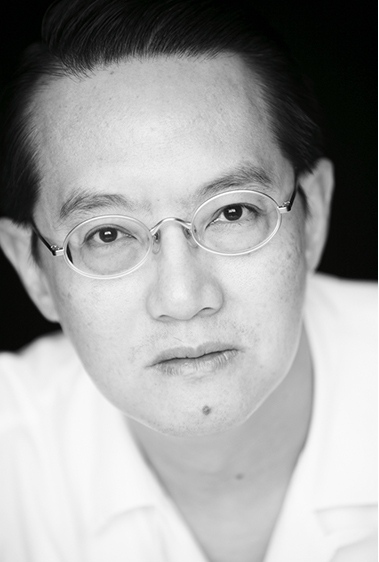There are many women like you who have problems with their big breasts. They can cause shoulder and backaches with the bra straps cutting into the shoulders, give rashes under the breast crease, interfere with sporting activities, and because of the weight of the breasts, can also stretch the areola to huge dimensions.
But if your breast size is C to D and they have not drooped significantly, it may be better to live with your breasts as they are and learn how to deal with snide comments rather than risk lifelong scars.
There are two basic ways to reduce breast size: Liposuction or surgery. The first choice is fairly limited as the technique is designed to suck fat. But most large breasts are predominantly made up of breast tissue rather than fat. In cases where there is more fat, it can be removed and the breasts may go down a cup size. Bottomline: Lipo is not a good technique for those with huge breasts.
THE INVERTED T, a traditional method which I like because it gives me the best control over the shape of the breasts and allows me to reduce a DDD cup down to a B cup.
It involves making incisions around the areola, down the lower half of the breast and across the entire breast crease. Done well, the only portion of scar visible is the vertical part that connects the areola to the breast crease.
If there are keloids or thick scars, I treat them with steroid injections, special gels and Intense Pulsed Light (IPL).
THE PERIAREOLAR TECHNIQUE is another method I like; it’s good for modest reductions of a cup size or two. The incision is made only around the areola margin. The breast is delivered through this limited incision, trimmed or pruned circumferentially like a bush, and then the skin is adjusted accordingly.
There can be some crumpling and pleating of the areola wound for several months but this eventually subsides.
THE LEJOUR TECHNIQUE, named after a Belgian lady surgeon called Madeline Lejour, is a procedure I sometimes use.
The incision is made around the areola with an extension of the incision down the lower half of the breast.
Large and small reductions can be easily performed but there’s a drawback – heavy pleating and crumpling over the vertical scar and this takes six to eight months to settle.
A good surgeon needs to be familiar with all the techniques and choose the appropriate one for his/her patient. You should seek several opinions before making your final choice of surgeon or technique.
Prices vary according to which doctor you see. The operation will last three to five hours and there will be some pain and discomfort for a week. Stitches are removed seven to 10 days later. Nipple sensitivity may be reduced and keloid scars are always a possibility.


